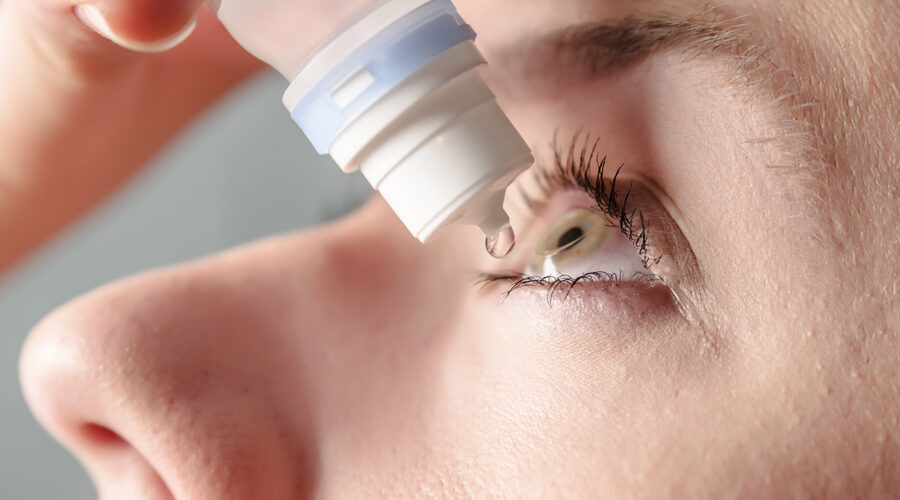According to scientific studies by a group of researchers reveal that “the real dilemma in dry eyes arises from the interaction between hormonal and neural mechanisms.”
When the eye is permanently dry, it produces inflammation, causing progressive deterioration of the conjunctival epithelium and the glands of the lacrimal system.
At present, the use of artificial tears is more prescribed, perhaps due to customs in society, such as the use of electronic equipment and exposure to environments, causing dry eye.
The causes of dry eyes can be the following:
- Degeneration
- Use of some medications
- An illness
- Eye surgery
- Environmental factors, such as smoky or windy conditions
Among the symptoms of dry eye are:
- Visual disturbances
- General eye discomfort
- Foreign body sensation
- Redness of the conjunctiva
- Intolerance to contact lenses
- Intolerance to light
- Problems opening or closing the eyes
- Feeling of tired eyes
- Eye stinging
To treat these symptoms, artificial tears are usually prescribed, but not all are the same and, sometimes, their incorrect use can imply a risk to your eye health.
There are different types of artificial tears. It is important to keep in mind that depending on the discomfort and condition of each patient, the ophthalmologist will administer the type of artificial tears to be used.
Artificial tears have been the mainstay of treatment because they supplement tearing, although they do not address the origin of dry eye.
Artificial tears are also available as gels and over-the-counter gel inserts. Artificial tears can improve dry eye symptoms when their composition is water-based with thickeners and is effective in improving the viscosity, lubrication, and retention time of the tear film on the surface. However, highly concentrated thickeners have side effects of causing blurred vision, foreign body sensation, and a variety of eye complaints.
It is recommended to use artificial tears with the following characteristics:
Always use artificial tears without preservatives.
Liquid tears will help you relieve symptoms quickly and for less duration. The most viscous, despite being more uncomfortable, will help you feel better for longer.
If you have dry eye, always use tears with a low osmolarity.
The number of times you should apply the eye drops will depend on your particular case, so you should follow the instructions of your ophthalmologist.
https://ocumed.es/el-verdadero-rol-de-lagrimas-artificiales-en-ojo-seco/
https://oftalmologovigo.com/para-que-sirven-las-lagrimas-artificiales/







